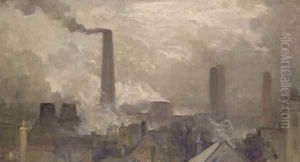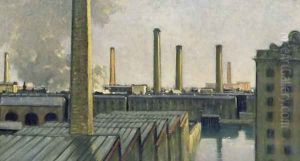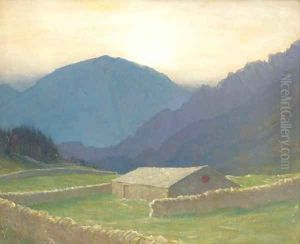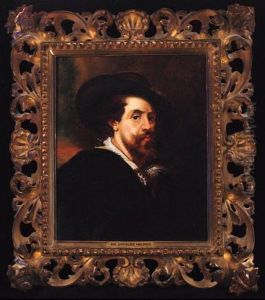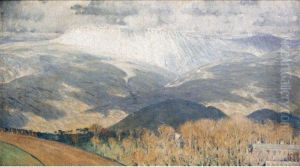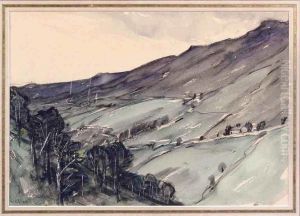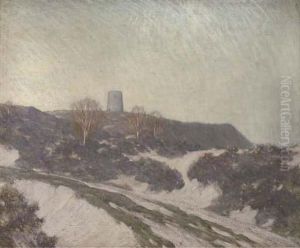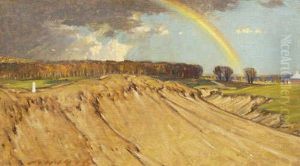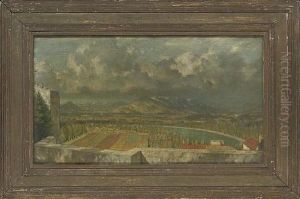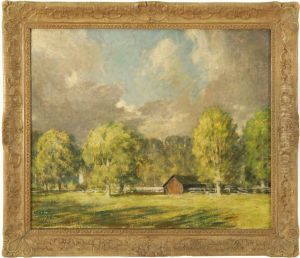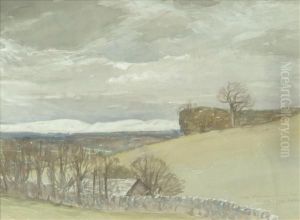Charles Holmes Paintings
Charles John Holmes was an English art historian, curator, and painter, known for his contributions to the art world through both his artistic works and his role in art education and museum administration. Born on November 11, 1848, in Preston, Lancashire, Holmes grew up in a cultivated environment that fostered his interests in the arts from an early age.
After receiving his education, Holmes began his professional journey in the art world as a painter. Although he was not primarily known for his artistic creations, he did exhibit at the Royal Academy and other galleries. His style was influenced by the aesthetic movement and the pre-Raphaelites, which was evident in his attention to detail, use of color, and subject matter inspired by literature and nature.
Holmes's most significant contributions came from his work as an art historian and museum professional. He served as the Director of the National Portrait Gallery in London from 1909 to 1916 and subsequently took the prestigious position of Director of the National Gallery from 1916 to 1928. Holmes's tenure at these institutions was marked by his efforts to modernize the galleries, improve the display of collections, and make art more accessible to the public. He was instrumental in acquiring important works for the galleries and promoting British art.
In addition to his administrative roles, Holmes was a prolific writer on art. He authored several important books on art history, including 'Notes on the Science of Picture-making' and 'Notes on the Art of Rembrandt', which were influential in their time for their insights and scholarly approach. His writings helped to educate a generation of artists and art historians.
Holmes was also involved in art education reform. He believed in the importance of art for the general public and worked towards integrating art education into broader curricula. He lectured at various institutions and was a strong advocate for the role of art in society.
Charles Holmes's legacy is that of a dedicated art historian and museum director who played a crucial role in shaping British art institutions and thought in the late 19th and early 20th centuries. He passed away on December 6, 1933, leaving behind a body of work that continues to influence the fields of art history and museum practice.
